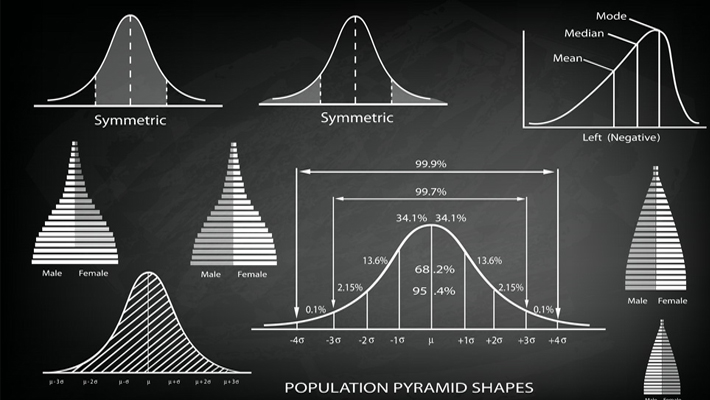
Have you read reports or/and surveys claiming to be the most accurate one? Did you ever bother to find out the sample size of the survey? Do you ever wonder how come a small sample size can represent the larger community’s or population’s sentiments? Ever conjectured how big a sample size is the correct size and if the sample size is representative sample?
It is true that we cannot survey the whole of the population or the community to get the survey results, but it is also a matter of fact that a sample size of 50-100 respondents cannot represent the sentiments of millions of people. Neither can a sample size of 10,000-15,000 represent the whole of population. Some days ago I came across a controversy about a news that claimed to have been written based on the writer’s survey. However, when people dig deeper to find the sample size, it wasn’t even in dual digits. Now how can one claim that to be a survey? I cannot speak to my family and friends and call it a survey. Can I?
What Size is Correct Size?
The survey community is divided into two different schools – one who believe that as long as a survey is representative, even a relatively small sample size will work. However, the other school’s perception is that while it is essential to maintain a representative size, but the more respondents you have, the better will be the result. But are any of these two ‘schools-of-thought’ correct?
If the sample size is relatively small, the result of the survey might be as inappropriate as it can be. Though a larger sample size could represent larger sentiments, but if the sample size is significantly large, it could add costs without significantly improving the results if the sample size isn’t representative sample.
Whether small or large sample size, it is important that we have representative samples to get the most accurate sample results. So what is representative sampling? If we go by the lateral meaning, representative sampling is a kind of statistical sampling which allows the surveyor to use data from a sample to make conclusions that are representative for the population from which the sample is taken. Representative sampling is considered important as they ensure that all relevant people are included in the sample and have the right mix of people interviewed. And if your sample isn’t representative, it will be subject to bias.
There are several sample size calculators and statistical guides available to calculate the accurate sample size for a survey. However, many statisticians believe that a maximum sample size of 10 percent of the population is good enough, as long as it does not exceed 1000. But as there is no thumb rule for everything, so is for the sample size. It is advisable to have a sample size between the minimum and maximum depending on the situation. However, remember not to be bias when selecting your representative sampling!
Avoid convenience samples as they could give you the most biased results. If you are wondering what it is, it is exactly what it sounds like – choosing respondents that can be reached out to most conveniently without considering their demographic data. And ensure you don’t undercover, i.e. fail to include the entire target population in the sampling frame.
Following these could indeed provide the best of the survey results and help you and your clients achieve the purpose of the task. Remember, the most accurate survey results could help you win the game, and the biased ones could result in losing all what you had.







